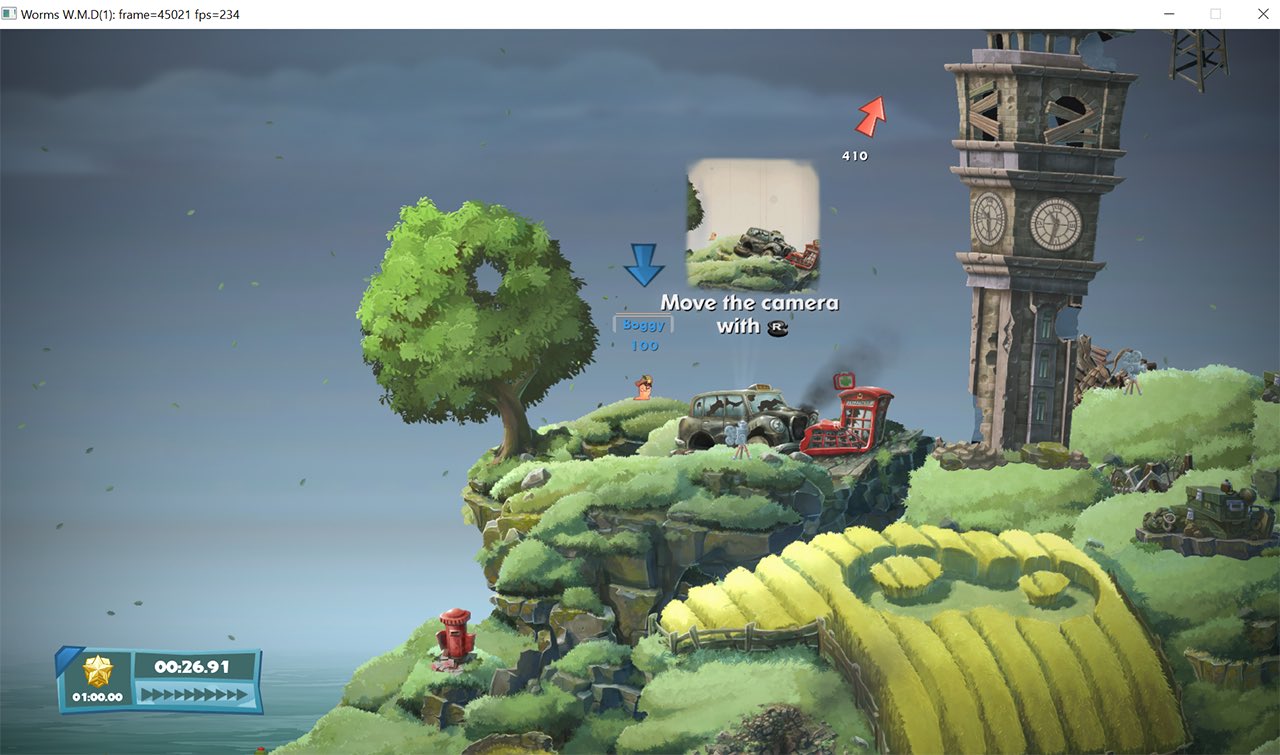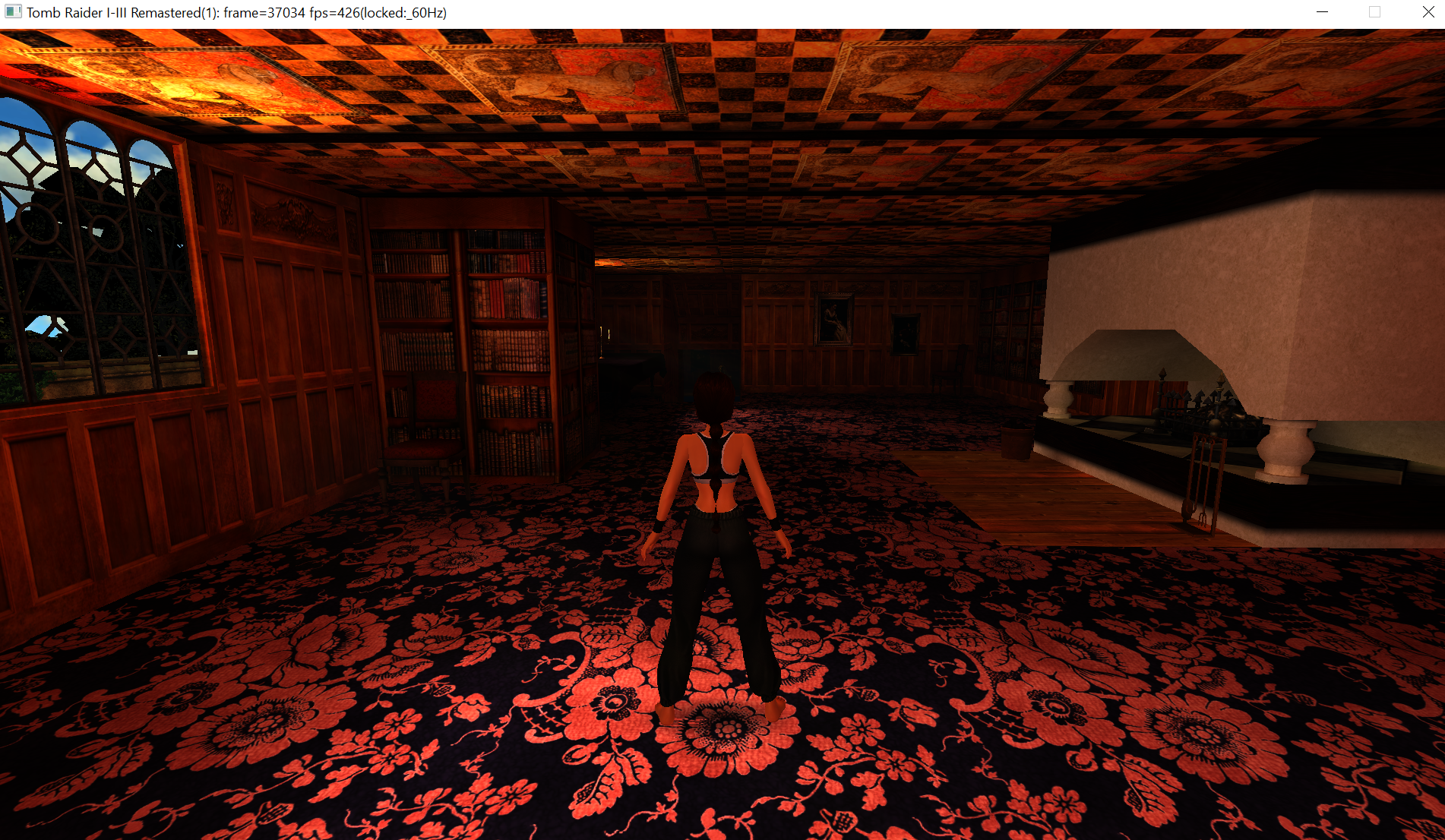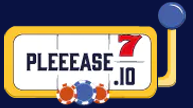Il s’agit d’un ficher XML (anciennement un .DAT) regroupant plusieurs informations retraçant l’historique des avancées de l’émulation des jeux ainsi que des informations sur eux au sein de MAME (arcade/consoles/ordinateurs), il comporte également une section « tips and tricks ». En anglais.

Il s’agit d’un émulateur de PlayStation 4 préliminaire.
L’objectif est de créer un cadre autonome pour la reconstruction des shaders, la traduction des tampons de commandes et la gestion de la mémoire GPU, afin que d’autres puissent l’utiliser. Ce projet l’utilise pour exécuter des binaires “Linux” sous Windows.
Les modifications sont visibles ici ou là.
Xenia Manager est un outil conçu pour simplifier l’utilisation de l’émulateur Xenia. Il vise à rendre les jeux et l’installation de correctifs spécifiques plus simples et plus conviviaux, tout en fournissant une interface facile à utiliser pour ajuster les paramètres de Xenia. Ce projet n’est en aucun cas affilié à l’équipe Xenia.
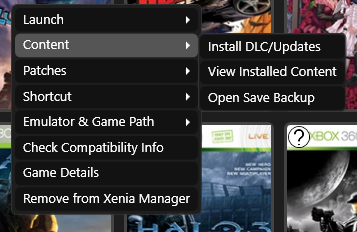
Caractéristiques principales:
– Installation facile de Xenia en 1 clic
– Mise à jour automatique pour Xenia
– Prise en charge des correctifs de jeu
– Profils de configuration par jeu
– Importation et exportation des sauvegardes de jeu
– Faible utilisation des ressources
– Paramètres optimisés des jeux dispos ici.

Flycast Dojo est un fork de Flycast , un émulateur multi-plateforme Sega Dreamcast, Naomi/2 et Atomiswave dérivé de Reicast, avec un accent sur les fonctionnalités de netplay et la relecture.
Flycast Dojo peut être récupéré à partir de GitHub ou dans le cadre du service de matchmaking Fightcade . Quelle que soit la manière dont vous l’obtenez, vous aurez toujours la possibilité de l’utiliser de manière autonome pour les jeux P2P utilisant des codes de correspondance sur un serveur de matchmaking Internet, via une connexion IP directe ou un LAN virtuel comme ZeroTier ou Radmin.
Les principaux changements sont les suivants:
Preview 4 Changes
– Fix build scripts to compile on the latest version of CMake 4 & GCC 15
– Move Quick Match functionality to Dojo Lobby, remove from emulator
– Allow stateless game start calls for card games from the command line
Preview 3 Changes
– Virtua Fighter 4 Final Tuned: Card Match mode, Quick Match w/ Savestate & NVMEM Disabled
– Quick Match: Force Relay tunneling when enabled for either player
Preview 2 Changes
– GGPO: Ignore incoming relay ping messages after connection established
– Temporarily remove automatic relay server detection button
– Fix Replay JSON downloading and parsing
– Replays: Show Resume button in command menu
– Spectate Request: Use current Quark & SpectateKey values
Les changements détaillés sont visibles ici.
Des sauvegardes pour les jeux sont téléchargeables là.
Play! est un émulateur de PlayStation 2 et Namco System 2X6 (ainsi que les variantes System 147/148) sous Windows / MacOS / iOS / Android. Il est actuellement écrit en C / C + + et utilise un système de mise en cache / de recompilation d’instruction pour obtenir de meilleures performances tout en émulant le CPU.
L’émulateur peut faire fonctionner un ensemble de jeux. L’objectif de l’auteur est d’atteindre un niveau de qualité qui permettra à quiconque de jouer à son jeu favori PlayStation 2 sur son PC.
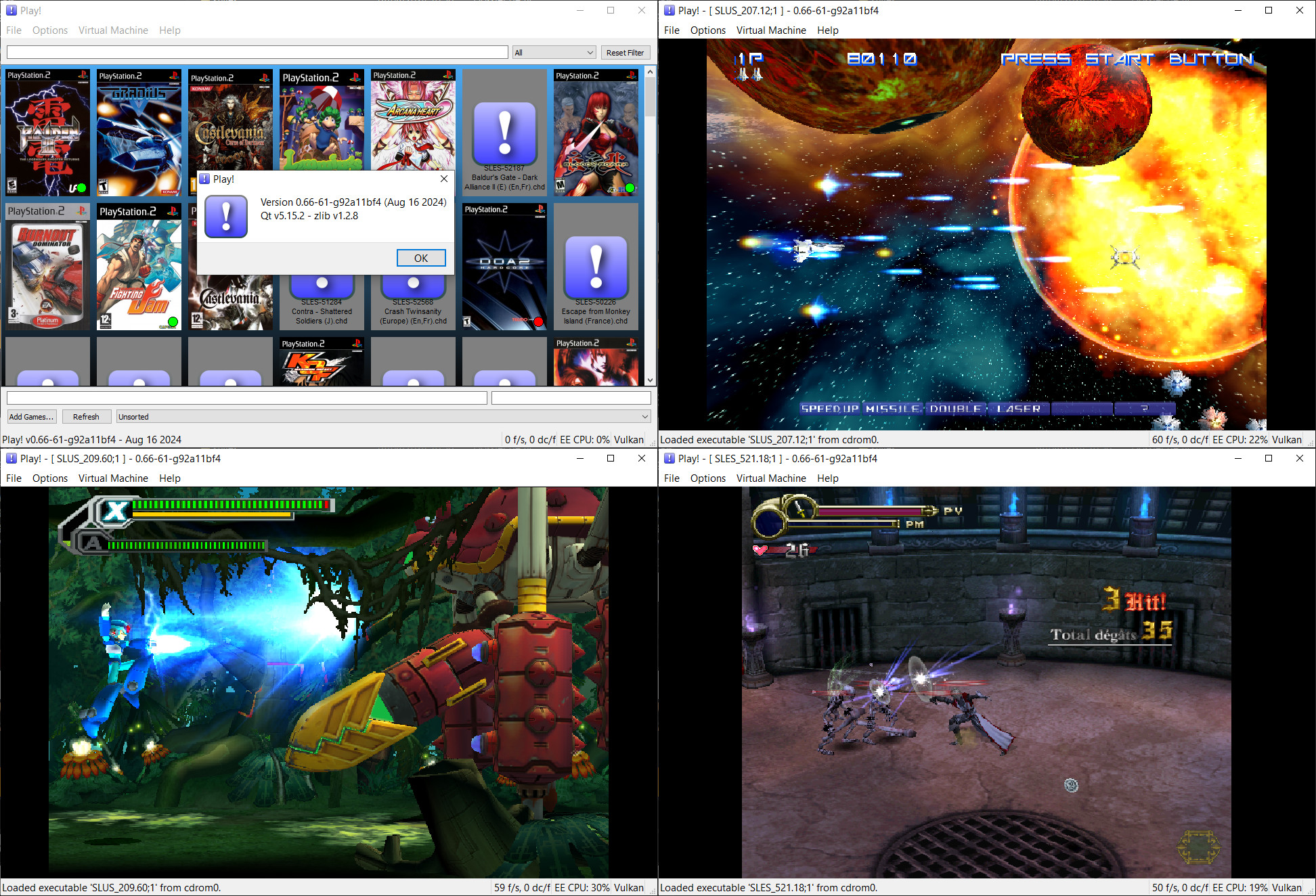
– IPU: Write converted block in one go.
– Only create waitable timer once.
– IPU: Use builtin swap instead of homemade one.
Télécharger Play! (x86) GIT v0.70 (2025/08/04) (8.8 Mo)
Il s’agit d’un frontend multi-émulateurs qui va mettre en avant les « box art ».

Les changements:
– updated the install links to several emulators
– fixed bugs with the auto-installer
– added support for prerequisite install steps (such as SDL 2 for MAME on macOS)
– fixed bugs that prevented editing the game art with the in-app browser feature
– updated to Electron v37.1.0
– updated Nintendo Switch database, now includes « Paper Mario: The Thousand-Year Door ».
Notez qu’il s’agit d’une version de démo, la version complète étant à présent payante.
Télécharger Nostlan (Gratuit) v2.6 (115 Mo)
NegaMAME, qui se combine avec le frontend NegaTron, se comporte exactement comme MAME officiel mais il ajoute une commande que les frontends tiers peuvent utiliser pour récupérer les informations manquantes dans MAME depuis la version 0.186, aidant ainsi Negatron à retrouver un accès complet à toutes les fonctionnalités qu’il avait déjà en 2015 (avant l’intégration de MEWUI devenu l’interface interne dans MAME).

Ces fichiers ini concernant la partie arcade de MAME sont à mettre dans le répertoire « folders » de MAMEUI (ou clones). Il propose un tri des jeux par catégorie, année de sortie, version de MAME…
Il s’agit d’un fichier DAT tenu par MASH regroupant toutes les infos du site « mametesters.com ». Il donne des infos sur l’émulation des jeux sous MAME(Arcade), c’est a dire le développement, les bugs, les améliorations…

Erockus ARCADE est un frontend pour SDLMAME et permet d’en simplifier son utilisation.

Les changements:
– Updated for MAME .278
– Do to changes in MAME, the Advanced Tab with Audio Effects options has been removed.
MAME now has a new Audio Mixer/Effects in its menu. Do to these changes, settings for Erockus Arcade will need to be updated.
Un service centralisé de gestion de bibliothèque/collection de jeux, axé sur l’émulation. Configurez une fois, jouez n’importe où.



